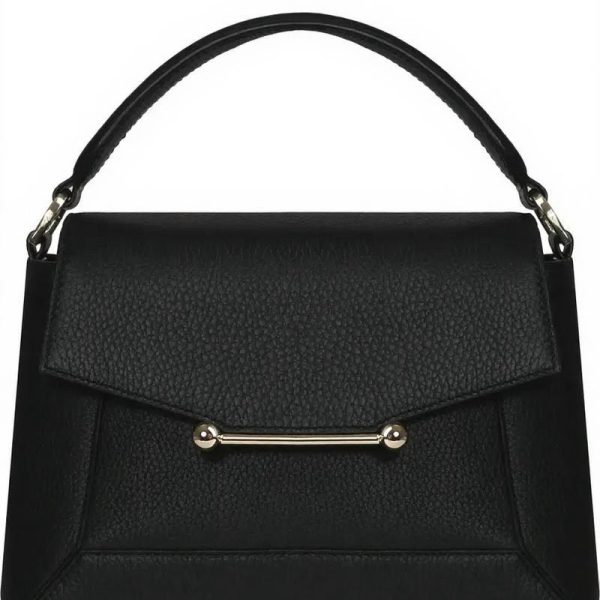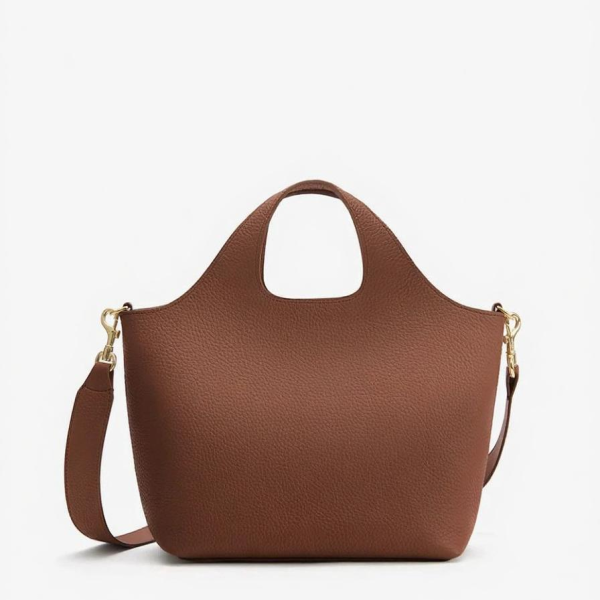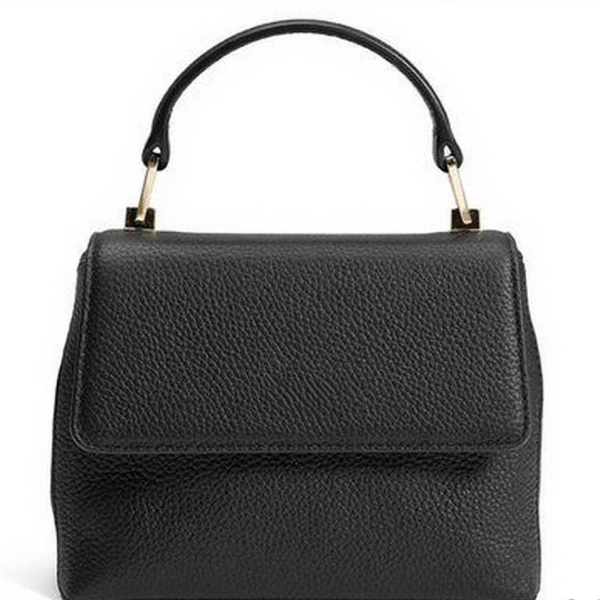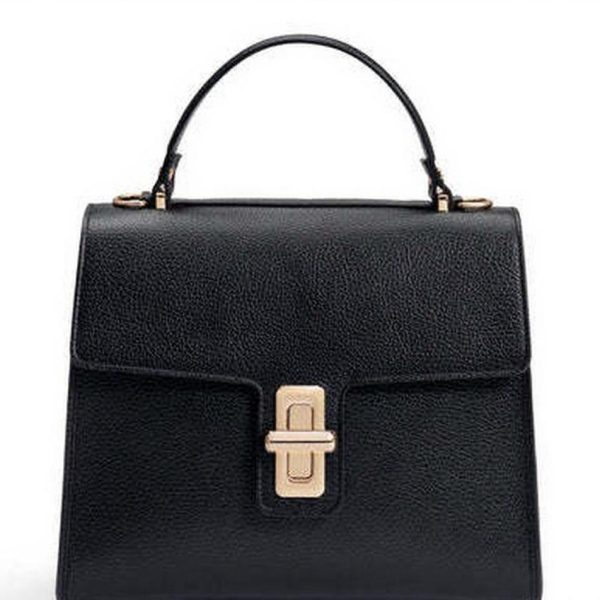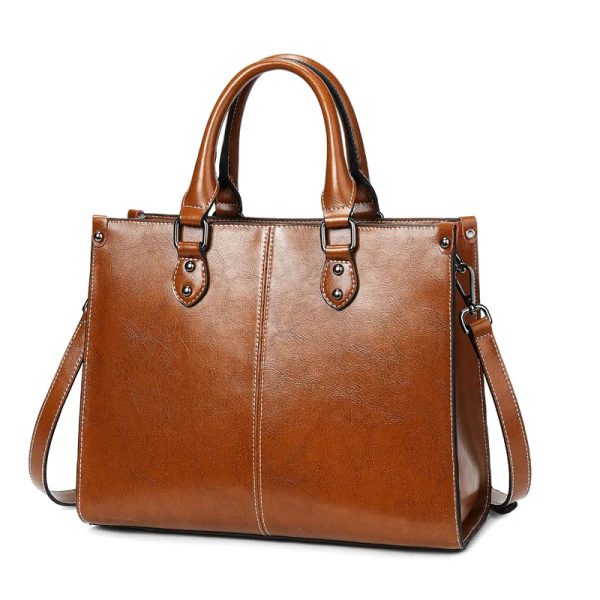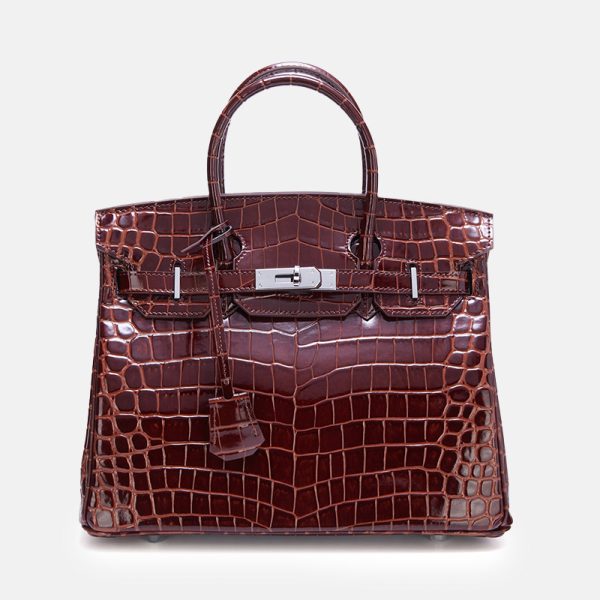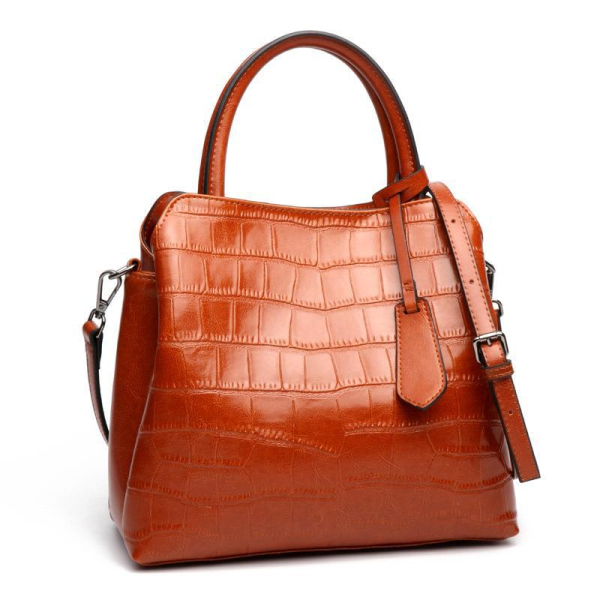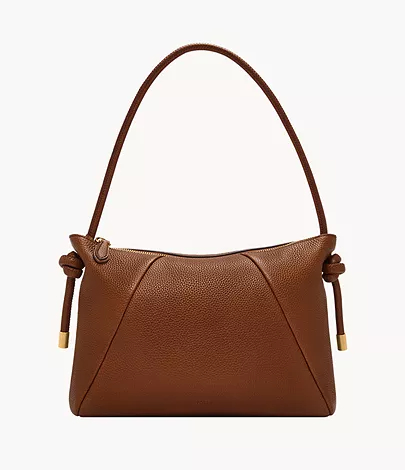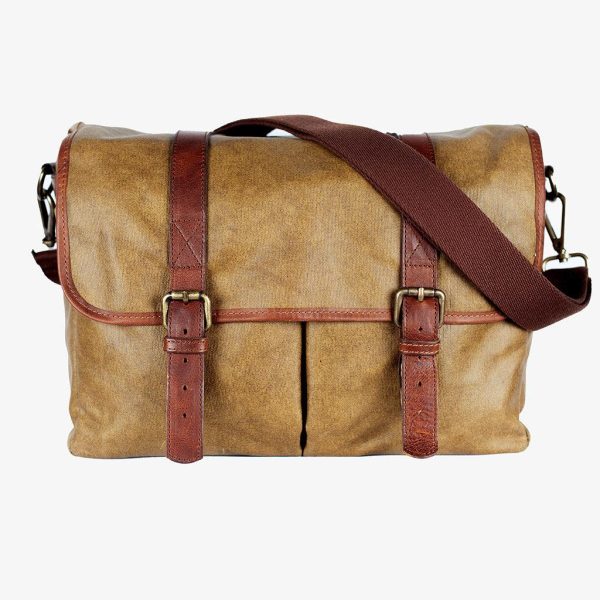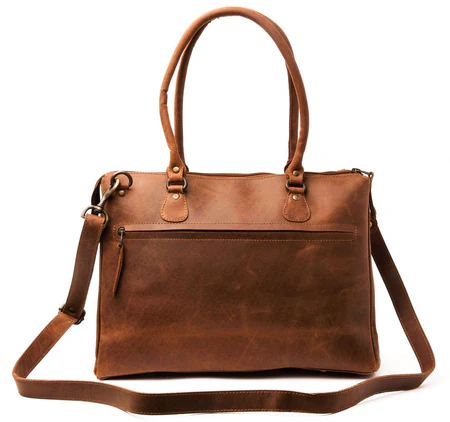JH Community
For Premium Leather Handbag!
Customization, Choose JH.
18+ Yeairs in Leather Bag OEM Manufacturing
What are the different materials for leather handbags?
August 18, 2025

In the leather goods industry, cowhide is the most commonly used type of leather. Therefore, most of the leather goods sold on the market are made from cowhide. So, besides cowhide, what other types of leather are commonly used to make leather goods? Today, Xin Nuo De Leather Goods editor will share with everyone a few types of leather commonly used in daily leather goods production. Let’s take a look!

In leather goods manufacturing, cowhide is considered the centerpiece. In addition to this, there are various standard leathers such as deer hide, pigskin, goatskin, sheepskin, etc., which are used in daily life. Since each type of animal skin has its own unique characteristics and properties, the items suitable for making also vary. As mentioned in previous content sharing, to enhance the texture or strength of leather goods, it is most effective to clearly understand the characteristics of the leather and use them in conjunction with the properties of each component. Next, let’s briefly introduce the characteristics of some common types of leather.

Firstly, there is cowhide, one of the most common types of standard leather. Cowhide is sturdy, resilient, has sufficient thickness, and a large area. Therefore, it is an ideal material for leather craftsmanship. Moreover, the properties of cowhide can vary depending on its age. Hence, cowhide can be further divided into castrated cowhide, calfskin, and bullhide. Additionally, the large circulation and stable price are also major reasons for the widespread use of cowhide.

The second type is pigskin, which is characterized by the shape of its pores (arranged in a triangle), as well as having a pine cone-like tail and leather properties that are sturdy and wear-resistant. Due to the light texture, high strength, and thinness of pigskin, it is suitable for making parts such as the lining of leather bags. Additionally, Japan can provide raw hides (materials used for tanning), so their prices are relatively cheap.

The third type of goatskin is characterized by a rough and wrinkled surface layer. Although goatskin has the same fine fibers and softness as sheepskin, it is thicker than sheepskin and has a higher durability in its surface layer, with a slightly worse feel than sheepskin. Therefore, it is often used to make leather bags or clothing.

The fourth type of sheepskin (generally refers to lambskin) has a delicate but loose protein fiber structure, making it feel relatively soft. Moreover, sheepskin features clear, flat, and round pores, with a smooth and fine surface layer that feels extremely slick. Therefore, it is often used in the production of clothing.

The fifth type of deer skin is often made into leather using the chrome tanning process. Due to its fine and complex fiber structure, it possesses both extremely high softness and toughness. Deer skin does not harden easily when wet and has an excellent tactile feel. Deer skin can generally be divided into two types: Deer Sink, which has a thinner texture, and Elk Skin (moose skin), which is thick and large in size.

The last type is horsehide, which mainly refers to ‘horse buttock leather.’ The surface of horsehide has oval-shaped hairs, with tightly packed fibers and great toughness, making it highly wear-resistant. Additionally, in the history of leather, it has been known for its best waterproof properties. Moreover, due to its smooth and exquisite appearance, as well as its excellent durability and flexibility, horse buttock leather is often used to make high-end leather shoes.

In addition to the commonly used ordinary leather, there are also unique styles and textures of leather known as ‘special leathers’. These include crocodile skin, snake skin, stingray skin, lizard skin, ostrich skin, etc. Due to their rarity and high value, these leathers are also referred to as ‘rare leather’. Moreover, in most cases, the strength of special leathers is relatively low, making it difficult to create leather goods solely from them. They must first be bonded onto cowhide or core materials before use. Later on, Xinnuode Leather Goods editor will introduce ‘rare leather’ separately. So today we’ll share this with you all. If you like it, please give a thumbs up and follow us. There’s more interesting and beautiful content in previous issues! Next time, the editor will continue to share more simple and fun content with everyone.
Let's Create Something Exceptional Together
Have a project in mind? Looking for a reliable partner for custom leather bag manufacturing? Get in touch with us today! Our team is ready to discuss your needs and bring your ideas to life with expert craftsmanship and premium materials
